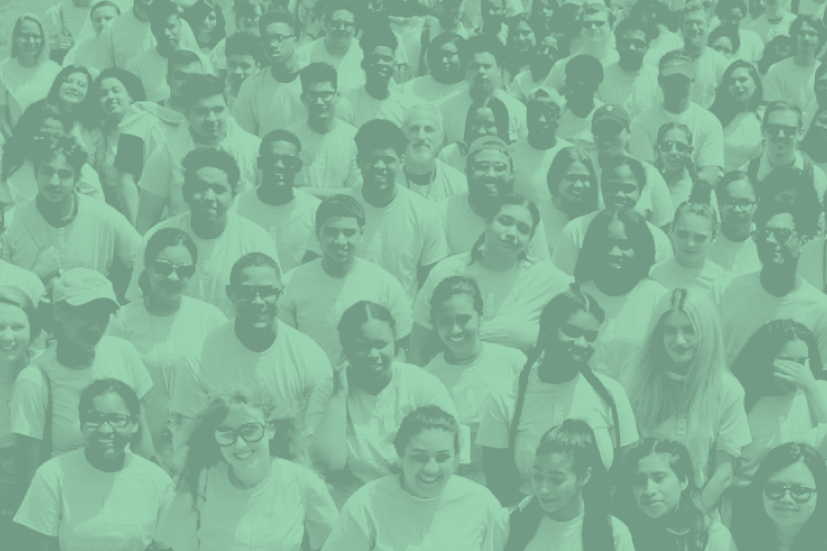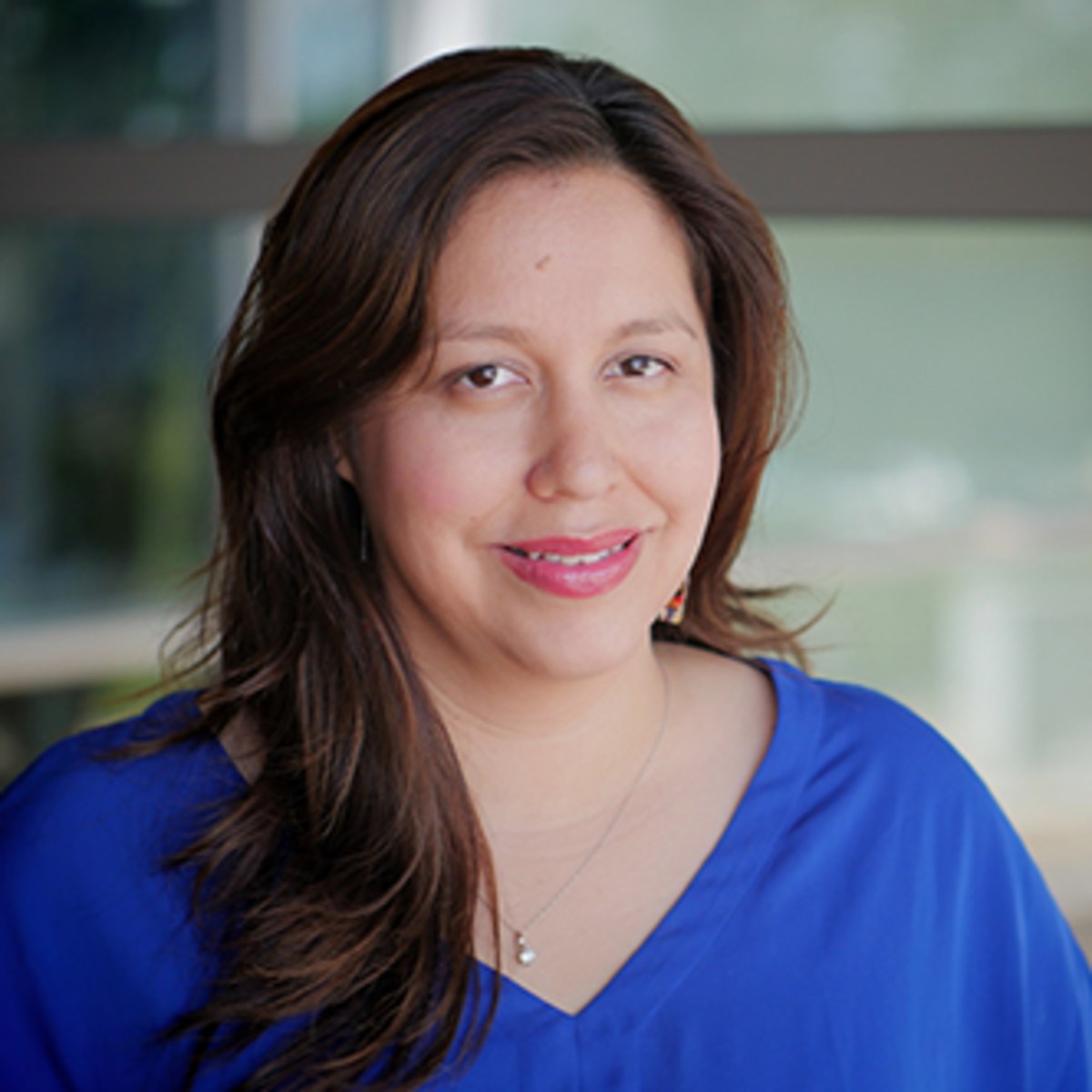These results from the Big Picture Learning Longitudinal Study show that BPL schools and the distinguishing programmatic elements we have developed are achieving results valued by educators, parents, employers, colleges and students/alumni alike.
Dr. Elliot Washor, Dr. Andrew Frishman, Dr. Eva Mejia, Big Picture Learning Leaders
In 2006, researchers at the Boston College Lynch School of Education and Human Development began a longitudinal study of students/alumni of schools in the Big Picture Learning network.
From the outset, the intent was to gather data to inform and improve practice in high school, and elucidate what is most valuable with regards to supporting post-secondary success. Dr. Karen Arnold from Boston College has been the lead researcher since its inception, and along the way, we were pleasantly surprised by what the data revealed.
Early findings included:
- 78% of BPL students concurrently enrolled in college classes while in high school
- 97% of BPL students were admitted into two-year or four-year colleges
- 96% of BPL alumni reported they were in touch with their high school advisors ?2 years after graduation
- 74% of BPL alumni who are working, and not enrolled in post high school education, report securing a job through a contact made through one of their high school internships
- 49% of BPL alumni participated in community service post-graduation
In December 2020, “Post-secondary outcomes of innovative high schools: The big picture longitudinal study” was published in the Teacher’s College Record. For this research study, another school network group served as a comparison group. Here are some of the key findings about BPL from that report as highlighted by lead author, Dr. Karen Arnold:
- Big Picture Learning students and alumni reported being deeply connected to peers and to adults, and that they developed the skills to build and maintain connections and forge relationships over time.
- Big Picture Learning graduates were equally likely to enroll in college, regardless of their race, gender, or parents’ level of education. The lack of disparities is unprecedented, and generally has not been observed by research studies on other school networks.
- The only demographic factor that did make a difference in the likelihood of Big Picture Learning alumni enrolling in college was English language learner status. This turns out to be big news because English language learners from Big Picture Learning schools were MORE likely than native English speakers to enroll in college! The exact opposite is most often observed in many other schools and school networks.
- Big Picture Learning students & alumni reported that BPL schools excel at helping students know who they are, what they care about, and what they can do to explore and learn more about their interests.
- BPL students reported that the BPL Learning Through Interest/Internship (LTI/I) program (present in all BPL schools) provides students access to adults with similar interests to learn from and connect with in a work environment where they use their knowledge gained in real-world settings. Alumni reported that their relationships and experiences helped them learn how to navigate the world of work and become comfortable and confident at work.
These results from the Big Picture Learning Longitudinal Study show that BPL schools and the distinguishing programmatic elements we have developed—including advisory, LTI/Is, student exhibitions and learning plans—are achieving results valued by educators, parents, employers, colleges and students/alumni alike. In many ways, the longitudinal data shows that BPL continues to lead the way in the fight for equity in schools.
No Backsliding! Progress during the COVID-19 Pandemic
Throughout the COVID-19 pandemic, many Big Picture Learning schools have been highlighted across the United States of America, around the world, and in the media for the many ways in which BPL students have continued to stay engaged in their learning and stayed connected with their schools and communities.
Related Reading: How the Met Was Ready to Pivot Thanks to Their Start-Up Mindset
During the pandemic, students have pursued their learning and interests actively in internships (both in-person and virtually). Students have expanded their range of interests, launched self-driven projects, deepened their practices and enlarged their relationship networks.
This is because for many years, since our inception, by intentional design, our students always Leave to Learn. Educators and principals across the BPL Network have demonstrated an interest in forming collaboratives across our schools to problem solve and continue innovating during these challenging times.
Students enrolled in schools across the Big Picture Learning network have always worked from anywhere, at any time, and in many ways to further their learning. As we work to effectively position ourselves to enter a new phase of a different “normal,” it is time to scale work that has been informed and evaluated by research, and tested and proven through the lived experiences of students and long-term benefits to alumni and the communities in which they live.
Looking Ahead
These results of the Big Picture Learning Longitudinal Study confirm our focus on the importance of long term outcomes for our students/alumni. We are focused on the development and implementation of new measures that:
- Assess student growth over time;
- Value the development of students’ interests;
- Assess practical skills developed outside of school; and
- Quantify the building of beneficial relationships.
BPL has built technology platforms, including ImBlaze, that help manage internships at scale. And, we have developed programs, such as Harbor Freight Fellows, to engage students in skilled trades and apprenticing experiences while they are still enrolled in high school.
Related Reading: Building a Big Dream in a Tiny House: Reflections from a Harbor Freight Fellow
Both of these initiatives reach well beyond BPL schools into their respective districts and have been consistently found, through external evaluations, to be successful and scalable. Currently, we are developing and introducing the International Big Picture Learning Credential developed by our partners, Big Picture Education Australia, and recognized by 18 universities. This credential was developed by Big Picture educators and enables students to select and curate their learning achievements—allowing them to be admitted into colleges, universities, technical schools, and work.



